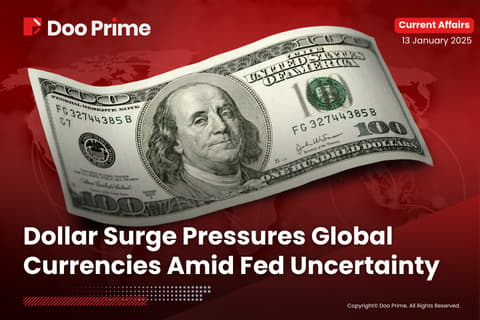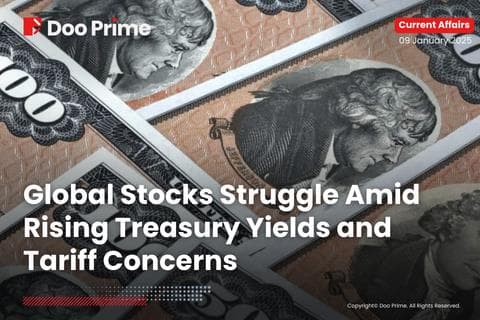WORLDWIDE: HEADLINES
Japan’s Jan Consumer Inflation Slows, Trade Deficit Biggest In 8 Yrs

Japan’s core consumer inflation likely slowed in January from the previous month, a Reuters poll showed, reinforcing expectations the country’s central bank will lag well behind other economies in raising interest rates.
Separate data is also expected to show Japan likely ran the biggest trade deficit in eight years in January as persistent rises in fuel and raw material costs swelled imports, according to economists polled by Reuters.
The nationwide core consumer price index (CPI) likely rose 0.3% in January from a year earlier, slowing from a 0.5% gain in December, the poll of 16 economists showed on Friday.
The slowdown is largely due to one-off factors such as the base effect from a suspension of the government’s travel discount campaign in late 2020.
When stripping away such temporary factors, consumer inflation is likely to be perking up, analysts say.
“Imported goods prices have been rising, and the effect is spreading to previously soft domestic prices,” said Takeshi Minami, chief economist at Norinchukin Research Institute.
And yet, many analysts expect consumer inflation to remain distant from the Bank of Japan’s 2% target for the time being, forcing the central bank to maintain ultra-loose policy.
Separate data will likely show Japan suffered a trade deficit of 1,607 billion yen ($13.91 billion) in January, the biggest shortfall since January 2014.
Full coverage: REUTERS
National Australia Bank Posts Robust Earnings Amid Property Boom
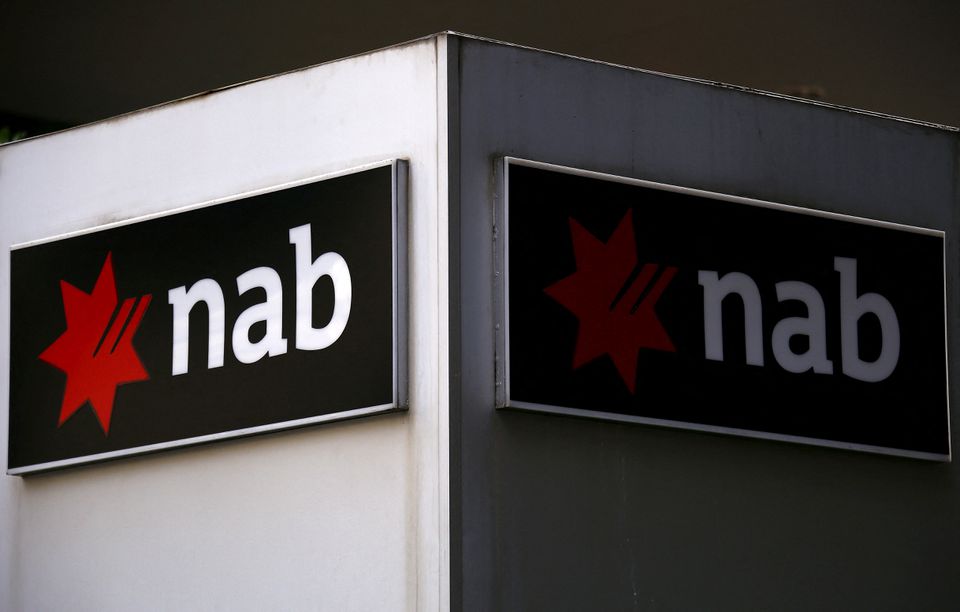
National Australia Bank Ltd (NAB.AX), the country’s No. 2 lender, posted a bigger-than-expected jump in first-quarter profit on Thursday as a robust property market brought a flurry of new businesses, sending its shares 4% higher.
The result caps a reporting season for the country’s so-called Big Four lenders where investors have looked past wafer-thin profit margins – due to fierce competition for mortgages – and focused on the benefits as interest rates start rising, possibly this year.
Melbourne-headquartered NAB said cash earnings, a key measure of bank performance that only includes ongoing business, leapt 9.1% to A$1.8 billion ($1.3 billion) in the December quarter, from the year-ago period, topping a Morgan Stanley estimate of about A$1.6 billion.
“NAB has started the 2022 financial year well,” Chief Executive Officer Ross McEwan said in a statement alongside the limited trading update. “Asset quality remained benign and good momentum has continued across our business despite the environment remaining competitive.”
Like its three main rivals earlier this month, NAB said its loan margins thinned due to competition and a shift to fixed-rate loans – which are less profitable – as customers sought to protect themselves against rising rates.
But NAB’s margin narrowed the least – by five basis points, compared with 14 basis points at Commonwealth Bank of Australia (CBA.AX) – and investors cheered its cost controls and positioning for when rates rise.
NAB shares rose 4.3% against a flat overall market (.AXJO) by the afternoon. Other banking stocks were also flat.
Full coverage: REUTERS
WORLDWIDE: FINANCE/BUSINESS
Stocks Lose Steam In Asia Before U.S. Inflation Test
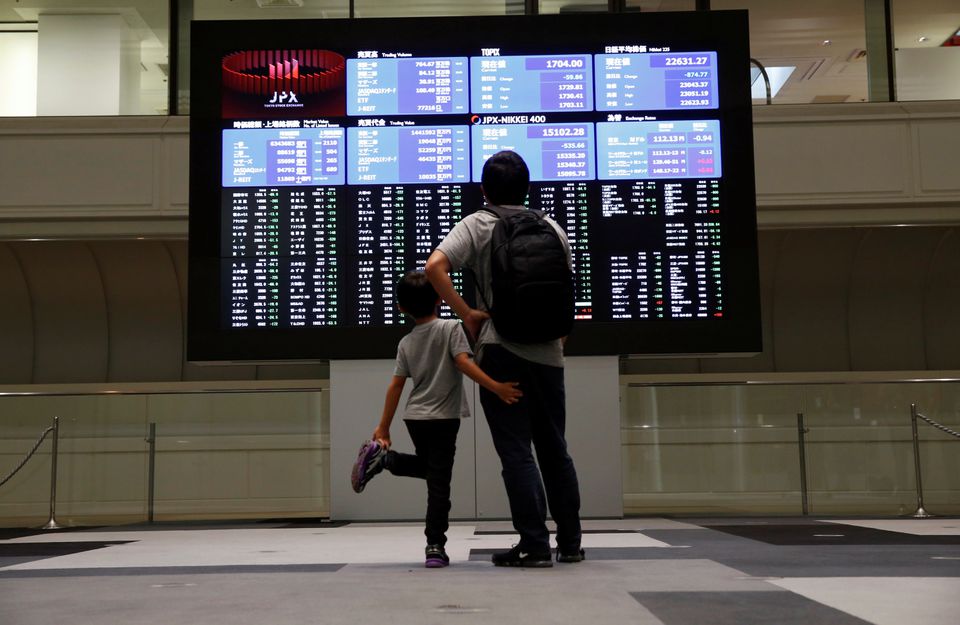
A tech-fuelled global stocks rally cooled in Asian trade on Thursday as investors took a more cautious posture amid uncertainties around the outlook for inflation and interest rates.
World bond yields, however, continued to ease from multi-year highs and the dollar trod water ahead of the closely watched U.S. inflation report due later in the day that should offer new clues on the pace of U.S. interest rate hikes.
Crude oil resumed its uptrend as a big drawdown in U.S. inventories underscored the ongoing tightness in the market.
Japan’s blue-chip Nikkei (.N225) started the day almost 1% higher before beginning a steady slide that took it close to negative territory. It later rebounded to be 0.33% higher.
Meanwhile, Chinese blue chips (.CSI300) sank 0.52% and Hong Kong’s Hang Seng (.HSI) retreated 0.31%.
MSCI’s broadest index of Asia-Pacific shares (.MIAP00000PUS) eked a 0.10% gain.
“We don’t know how many U.S. rate hikes there are going to be this year, and I don’t think the Fed knows either, and that’s getting markets a little bit nervous, to say the least,” said Kyle Rodda, a market analyst at IG Australia.
“Any kind of data surprise is going to inflame that nervousness, and that’s leading to the choppiness that we’re seeing in markets.”
On Wednesday, Big Tech led Wall Street higher, with the Nasdaq (.NDX) surging 2.1% and the S&P 500 (.SPX) ending 1.45% higher.
U.S. futures pointed lower though, indicating a 0.28% retreat for the Nasdaq and a 0.23% decline for the S&P.
Full coverage: REUTERS
Better Risk Sentiment Help Antipodeans, But Traders Wait For U.S. Inflation Data
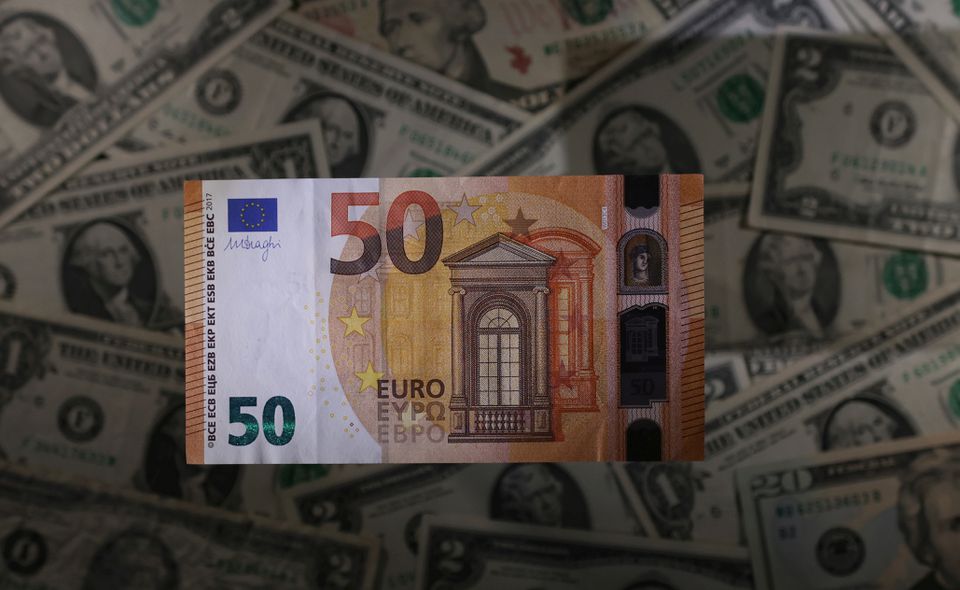
The Aussie and Kiwi dollars were trading near multi-week highs on Thursday as investors turned more bullish on risk assets such as equities while the dollar held in a narrow range ahead of U.S. inflation data due later in the day.
The Australian dollar was last at $0.717, not far from the $0.7194 touched the day before, which was near a three-week high.
Analysts at Westpac in a morning note to clients pointed to the “explosion higher in metals markets, lift in global risk sentiment and a softish U.S. dollar” as factors supporting the Aussie, adding “a close above $0.7183 would suggest a further extension towards $0.7225 and possibly $0.7275.”
MSCI’s World Index (.MIWD00000PUS) is up about 2% this week after a bruising January, helped by a string of upbeat earnings, and a few positive headlines suggesting tensions between the West and Russia over Ukraine may be easing.
Aluminium prices rose to 13-1/2 year highs on Wednesday and other industrial metals also gained.
The New Zealand dollar , which reached a two-week high of $0.66975 on Wednesday, was at $0.66850, while the improved risk sentiment also weighed a little on the safe haven yen, which was at 115.58 per dollar, the weak end of its recent range
But currencies in general were in something of a holding pattern waiting for the U.S. consumer price index data, which could offer investors further clues about the pace of the Federal Reserve’s monetary tightening.
A 0.5% month-over-month increase in January, and 7.3% for the year, is expected, according to economists polled by Reuters, but higher-than expected numbers could would signal more aggressive interest rate increases.
Full coverage: REUTERS
Oil Prices Steady As Investors Eye U.S.-Iran Nuclear Talks
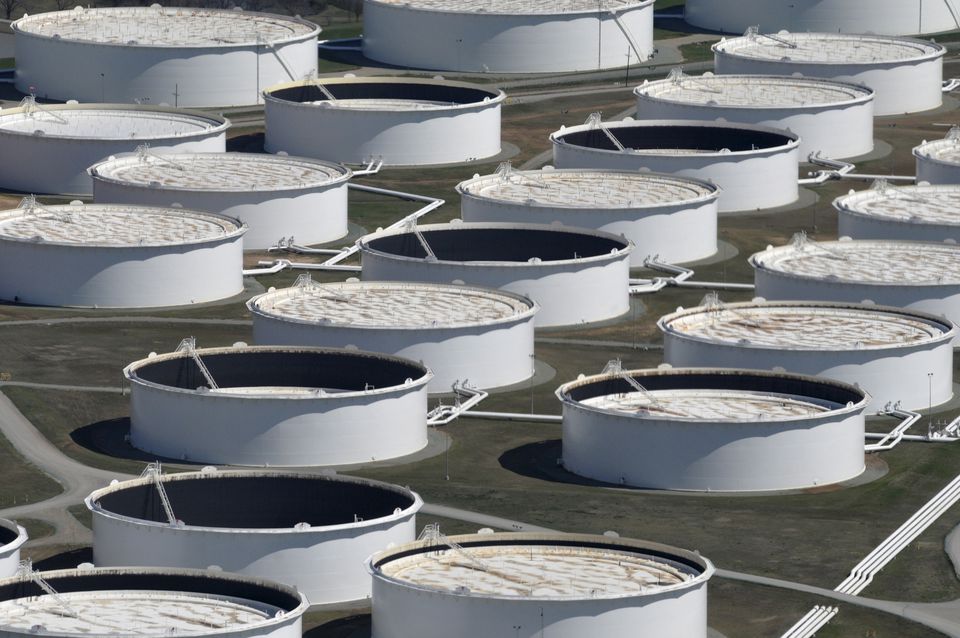
Oil prices were mixed on Thursday, after rallying on an unexpected drop in U.S. crude inventories in the previous session, as investors await the outcome of U.S.-Iran nuclear talks that could add crude supplies quickly to global markets.
Brent crude futures slid 10 cents, or 0.1%, to $91.45 a barrel at 0130 GMT, while U.S. West Texas Intermediate crude was at $89.74 a barrel, up 8 cents.
Robust demand recovery from the coronavirus pandemic has kept global oil supplies snug, with inventories at key fuel hubs globally hovering at multi-year lows.
U.S. crude inventories (USOILC=ECI) fell 4.8 million barrels in the week to Feb. 4, dropping to 410.4 million barrels – their lowest for commercial inventories since October 2018, the Energy Information Administration said. Analysts in a Reuters poll had forecast a 369,000-barrel rise.
U.S. product supplied – the best proxy for demand – peaked at 21.9 million barrels per day (bpd) over the past four weeks due to strong economic activity nationwide, EIA data showed.
The surprise crude draw reinforces how tight the oil market remains, OANDA analyst Edward Moya said in a note.
“Crude prices have too many catalysts that support a move to $100 oil in the near future,” he said, pointing to geopolitical tensions across Europe and the Middle East, and improving demand globally as normal travel resumes in large parts of the world.
However, investors are closely watching the outcome of U.S.-Iran nuclear talks which resumed this week. A deal could lift U.S. sanctions on Iranian oil and ease global supply tightness.
The White House publicly pressured Iran on Wednesday to revive the 2015 Iran nuclear agreement quickly, saying that it will be impossible to return to the accord if a deal is not struck within weeks.
Full coverage: REUTERS

